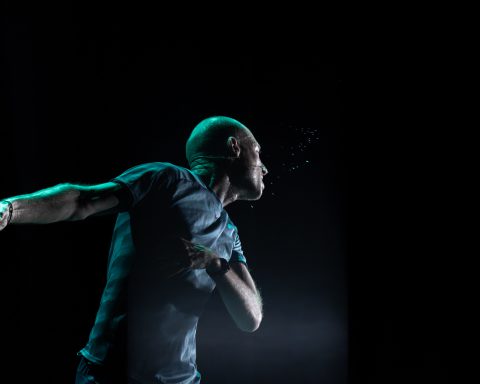Winter 2020 was a challenging season for museums all over the world and in Saxony. Their forced closure made them take significant steps forward: develop a digital offering they were previously reluctant to implement and safe conditions for in-person visits during an on-going pandemic.
Spring 2021 will see German museums reopen with caution after a long winter of hibernation. A much awaited cultural and physical breath of fresh air in the ongoing fight against the spread of COVID-19. In Leipzig, the Grassi Museum, the Alte Rathaus and the MDBK were ready to reopen on March 16th, the latter displaying two new exhibitions: 1950–1980. Photography from Leipzig and an outstanding retrospective of Andreas Gursky planned to open on March 25th.
The GfZK will open on March 22th and the Bach Museum on March 28th. Yet, many other cultural institutions will take longer to meet the conditions of a reopening under COVID-19.
Museums are prompt to reopen and carry on their mission to bring arts to the public. I am ready to venture out.
Enjoying masterpieces will be possible but still on restrained conditions: it will happen behind a mask, at a safe distance from others, and after an online reservation with personal data clearance. Except for those changes, opening conditions are very similar to life before COVID-19: Hours and days of operation seem unchanged; museum rooms are fully accessible despite potential difficulties to make all spaces compliant with all health measures; and we can still mingle with a diversity of people at the same time in the rooms — no special time of opening for vulnerable people above 65, for example. Yet, for those who could not get enough of live experiences or could not afford to go back, museums took advantage of their winter break to develop digital tours and exhibitions — another big step forward.
For a long time, digital solutions in museums were only available in the form of installations with headphones or touchscreens — applications that will not be accessible anymore, due to hygiene measures.
Digital exhibitions were mainly provided by rich museums. The pandemic, which closed institutions for a long time, has forced cultural professionals to consider digital tools once again. During the winter time, many Saxon museums developed online shows to display entirely new content, or to offer substitutes for existing exhibitions. All for free and 24/7. The scandalous exception is the online tour Rembrandt, Rubens, Raffael, and more – Famous Masterpieces, proposed by the Fine Arts Museum of Dresden at a fixed price of 60 € per group. Digital projects display a large variety of solutions: social media tours, pages dedicated to exhibitions, 360° virtual tours, and/or enhanced catalogues.

Here is a non-exhaustive selection of digital visits available in March that reflects a Saxon turn in museum history:
Extended catalogue
The Grassi Museum, with its extensive applied art collection, has made its collection more accessible thanks to a traditional digital catalogue. A good way for students and researchers to complete a library search. It would have probably been interesting to see pieces not only hidden by the enforced closure but also from their extensive archive.
Available in English and German
Social Media Tour
Every Sunday, the GfZK offers a digital guided tour through the GfZK, over 30 minutes through the buildings. The tour mingles a presentation of the current exhibition and a visit of the museum’s different areas: the library, the two hotel rooms designed by artists Hotel Paris Syndrome, the café DAS KAPITAL, the artworks in the outdoor space of the museum, and also the exhibition Shunk-Kender. Art through the Eye of the Camera. In accordance with their mission to bring contemporary art to the public, the tour also offers the opportunity to question art mediators. Connection to arts through people is a nice way to go through a virtual presentation’s digital coldness.
Available in English and German
Dedicated pages
The MDBK offers a stroll in the Padlet space of Promises of Today, a work created during the workshop of an analogue mediation project with the Leipzig Leibniz-Gymnasium. It complements the exhibition 1950–1980. Fotografie aus Leipzig. The simple layout page houses photos taken by Leipzig students of places that have a personal meaning for them. A nice way to rejuvenate views of the actual city.
Available in German
The German National Library has created Arts in Exile, a comprehensive exhibition in a virtual space that looks at German artists’ life and production in exile. The website, very responsive and well structured, features a permanent collection and special exhibitions about the painter Max Beckmann, the cabaret artist, war correspondent and political speaker Erika Mann, the painter and printer maker Ludwig Meidner.
Available in English and German
The Deutsche Hygiene Museum from Dresden has dedicated 3 pages related to their exhibition World of the Senses. It combines short informative videos, online quizzes, and interactive activities to inform and stimulate children’s eyes, ears, hands, and taste!
Available in German
360degree virtual tour
Boom. Is the sound of a tone(ic) exhibition initiated by the Deutsches Hygiene-Museum at Zwickau earlier this year that has seen its life shortened by the pandemic. The 360-degree virtual tour of its exhibition offers, within a one-second mouse click rather than a one-hour train from Leipzig, the opportunity to get an intensive crash course about the local culture through a historical and creative lens. It presents a comprehensive collection of objects and art pieces that testify to its unfamiliar yet glorious history at the foundation of Saxon prosperity. The virtual tour reveals a very interactive and colorful interactive space that could match students’ interest in looking for a complementary information source, internationals wanting to better understand the local culture, and locals who can interrogate their past and future culture.
Available in English and German
The Bach Museum has co-developed with Google Arts&Culture three tours of its collections: A tour through the permanent exhibition, The treasures at Leipzig’s Bach Museum, the Life and legacy of Johann Sebastian Bach, and the Leipzig Bach Archive Tour. Google has put all of Bach’s talent into a fluid visit to the historical building, collecting and providing us information on the famous musician.
Available in English and German
Museums have finally implemented digital offerings, even when restrained. They delivered straightforward paths towards finding their collections, for anyone — connected— at any time of the day and night, and have stressed their communications role. Now that museums are opening again, with some uncertainty regarding potential future closures, it would be interesting to see if and how museums continue to develop digital offerings. Could they, for instance, develop a digital offer that is truly valuable to the visitors without making the digital a pale copy of the physical?
As Rebecca Kahn, a digital humanities scholar, who published a paper called Corona as curator: how museums are responding to the pandemic, puts it:
The current crisis has forced museums to consider questions that have been emergent for some time and which, if they are able to respond to them, might not only help them weather the storm, but emerge stronger, and more resilient.

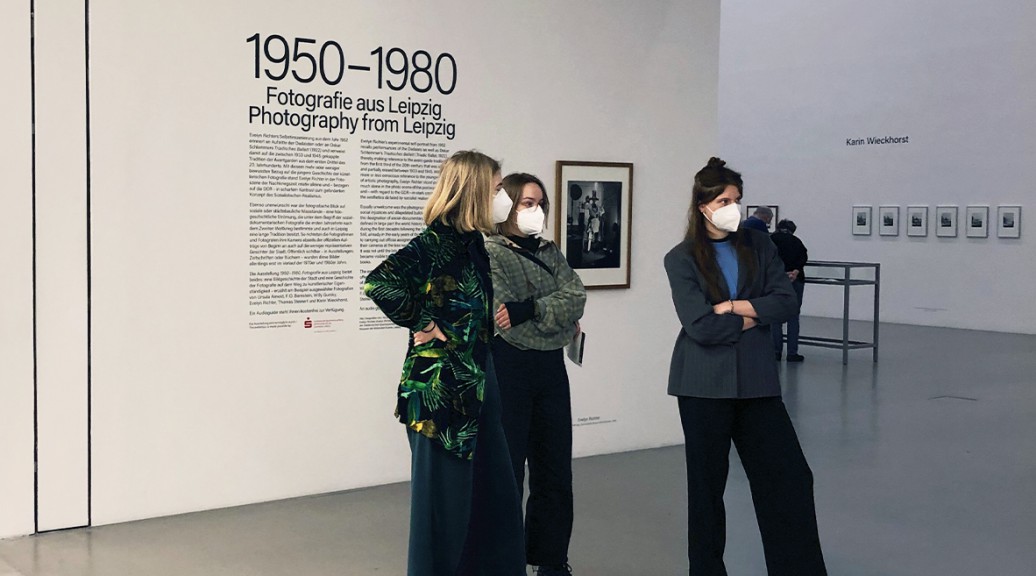
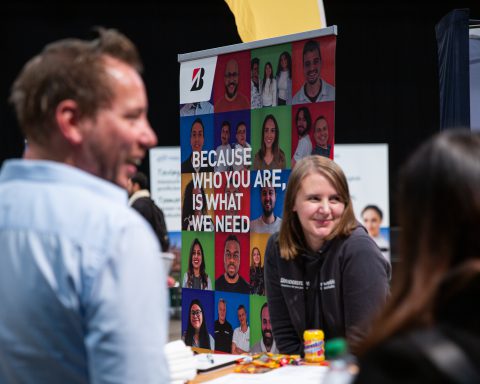

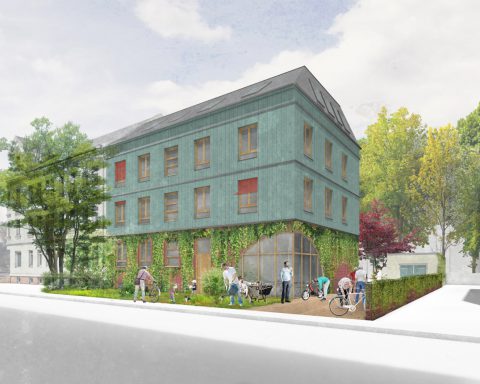

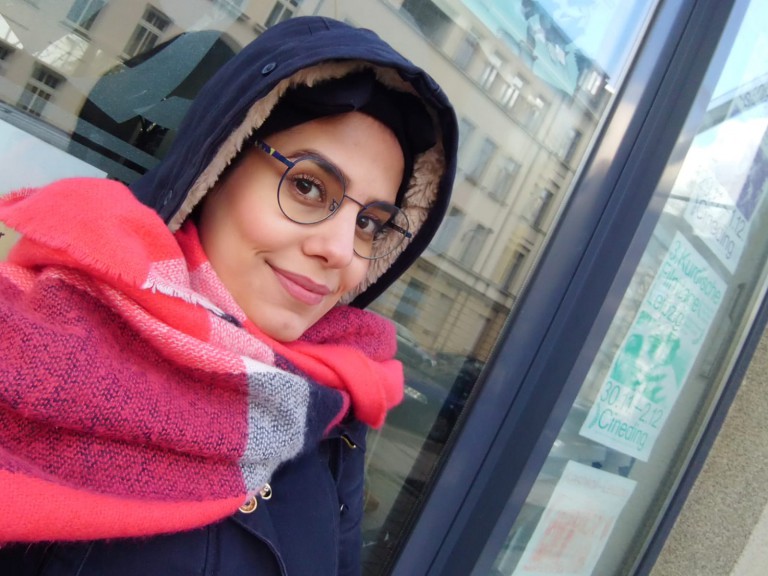

![Wine & Paint event on 9 Nov. 2024 at Felix Restaurant, Leipzig. Photo: Florian Reime (@reime.visuals] / Wine & Paint Leipzig](https://leipglo.com/wp-content/uploads/2024/12/pixelcut-export-e1733056018933-480x384.jpeg)

